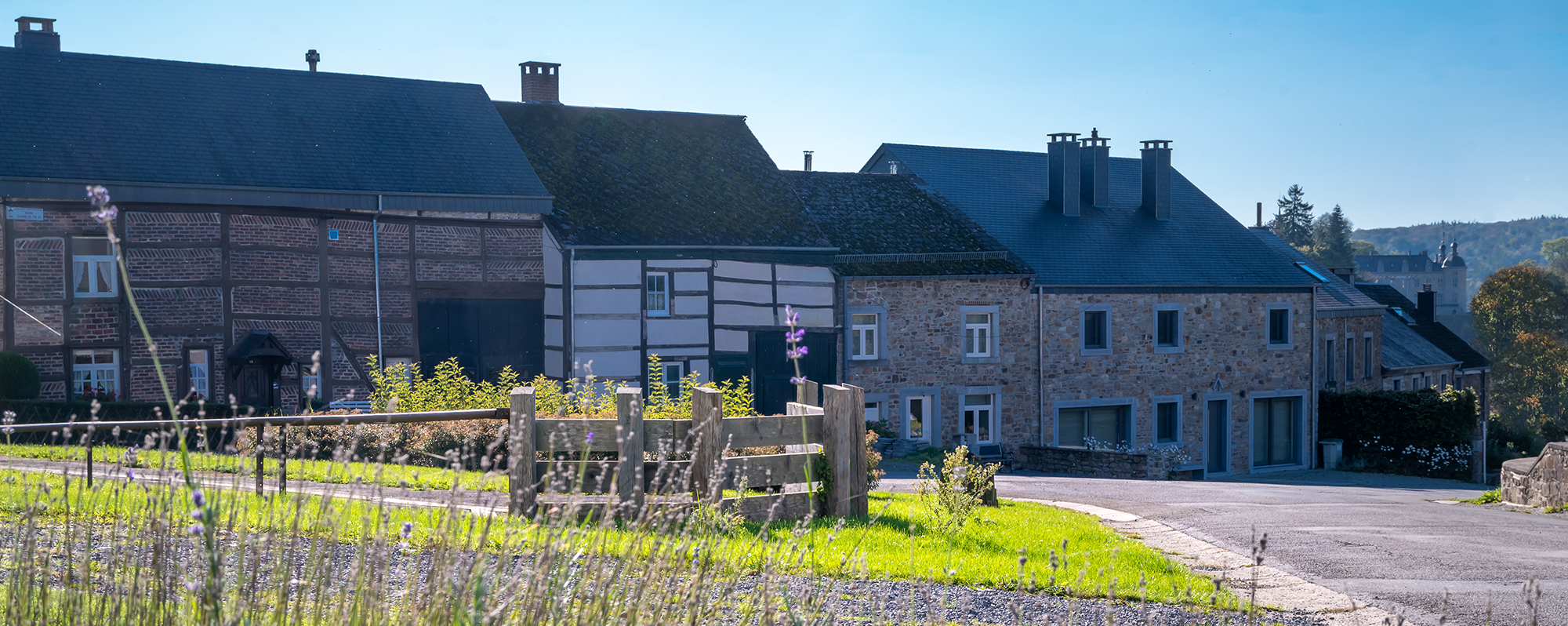
Characteristic of a region, a village, discover the traditional village settlements and the elements of rural heritage which comprise them.
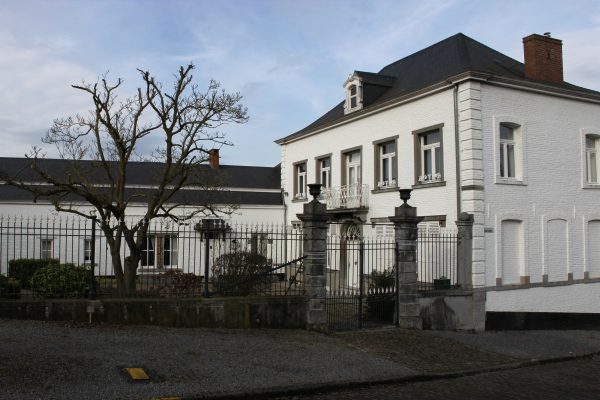
A witness to the local bourgeoisie of the 19th century, this remarkable mansion opens its main whitewashed façade onto a carefully wooded courtyard.
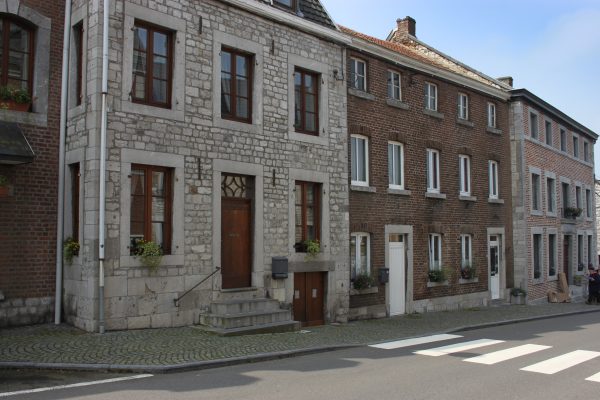
Reminiscence of an old village activity.
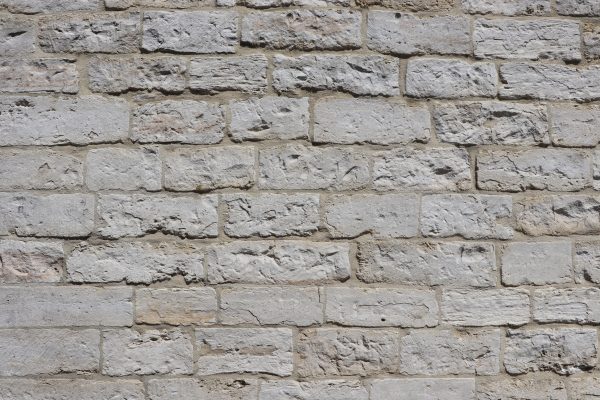
The stone of the villages of the "Vallée Blanche"

A day at the Aubechies Archeosite is an impressive journey through 5000 years of our past. An unforgettable adventure in a real open-air museum...
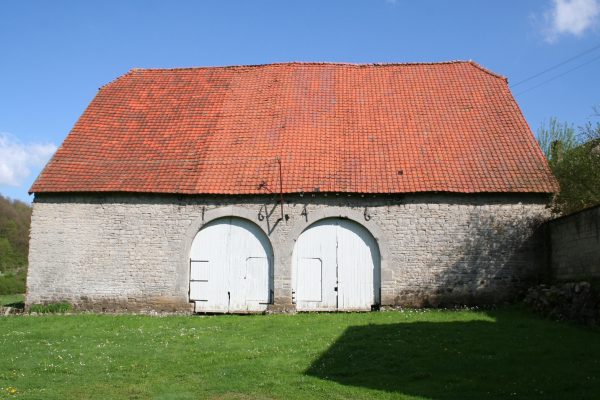
Dated 1646, a large orange-red vessel in the green landscape of Sosoye.
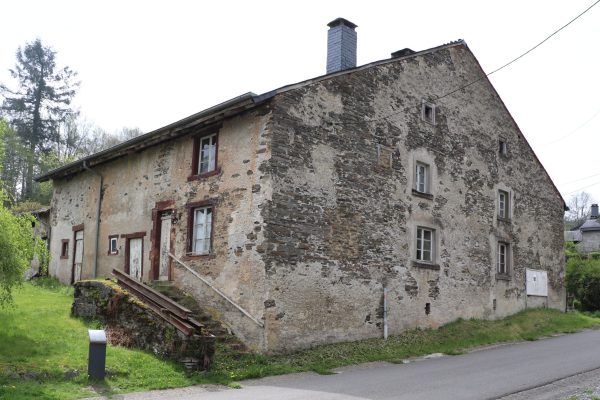
Textures, materials and traditional volumetry characterise this old Ardennes farmhouse.
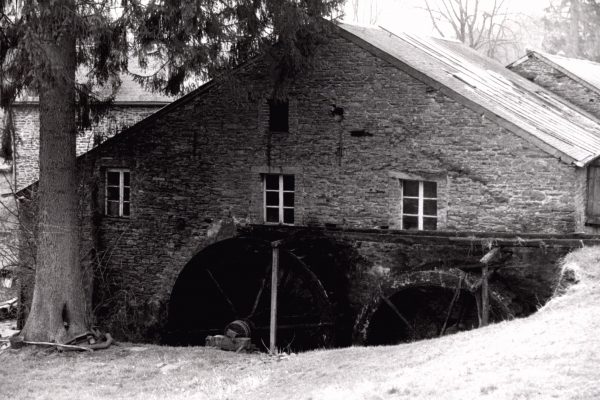
The origins of this former flour mill date back to at least 1619 and it was the site of local resistance during the Second World War.
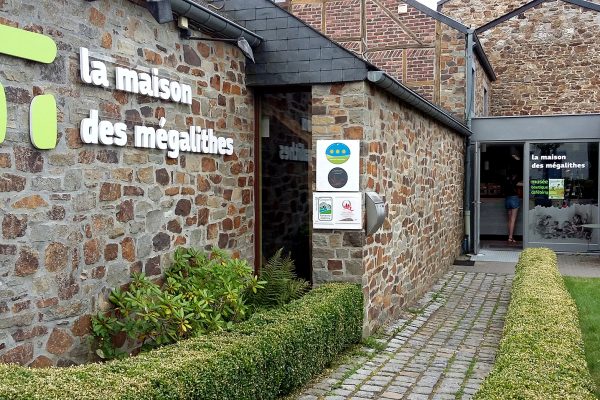
An ideal starting point for exploring the village of Wéris, the region and the famous megalithic field.
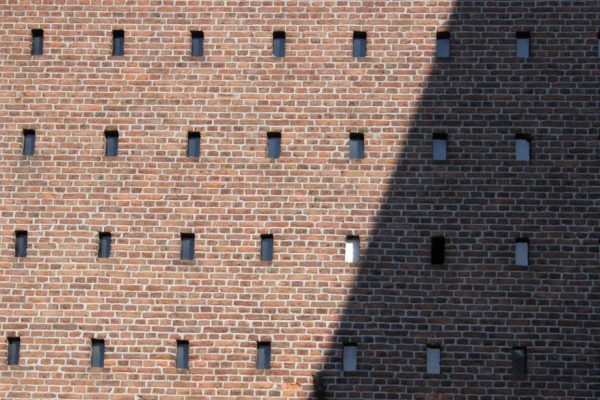
A symbol of the region's intense wool industry in the 19th century, it has brick facades pierced by numerous slits and marks the landscape with its singular silhouette.
The association Les Plus Beaux Villages de Wallonie (The Most Beautiful Villages of Wallonia) oversees a network of 32 villages, bearers of a strong territorial identity and reflecting traditional architecture. It is committed to promoting the rural, cultural and natural heritage of Wallonia and is a part of the development of local and responsible tourism.
More information